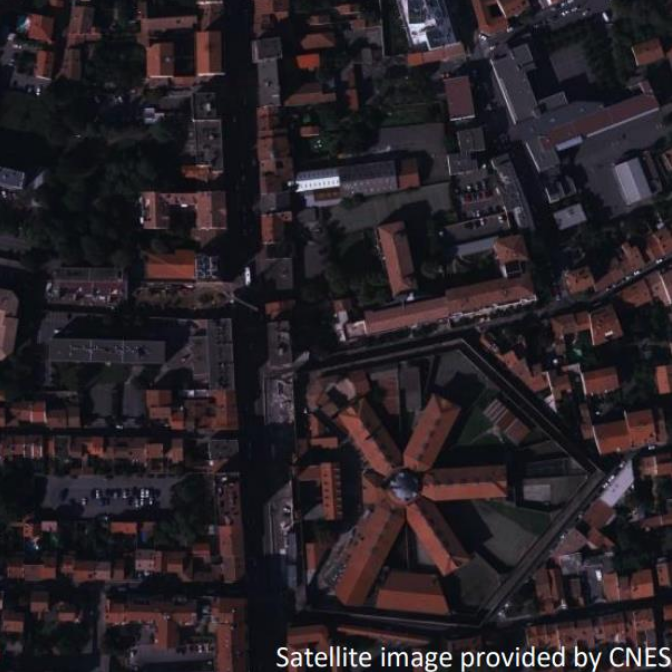Imaging plays a central role in daily life and scientific observation, spanning fields from industry and security to astronomy and even entertainment. To serve this diverse user base, image science must deliver multi-image processing pipelines and leverage modern data science and image processing algorithms. Addressing the data deluge requires active knowledge exchange across research fields, including data science, statistics, and computer science. Pooling ideas and resources while ensuring efficient lines of communication between these fast-moving fields can yield significant benefits.
Machine learning (ML) techniques, and especially convolutional neural networks (CNN), have largely replaced classical mathematical modelling methods for imaging tasks. While now state of the art in imaging and computer vision, training these models is challenging, and although much effort is dedicated toward explainability, they often remain black boxes. To enhance both performance and interpretability, we believe that neural networks must be brought together with classical mathematical
formulations.
This research line focuses on applied mathematics for imaging, transitioning from single to multi-image analysis and from traditional modeling tools to ML techniques. We are bringing together neural networks and classical mathematical formulations. Constraining the network structure to specific mathematical models is expected to reduce overfitting, improve generalization capabilities, and to promote model interpretability.
We have adopted this framework to advance in different specific subjects of research such as video processing and computation photography, medical, underwater and hyperspectral imaging.






